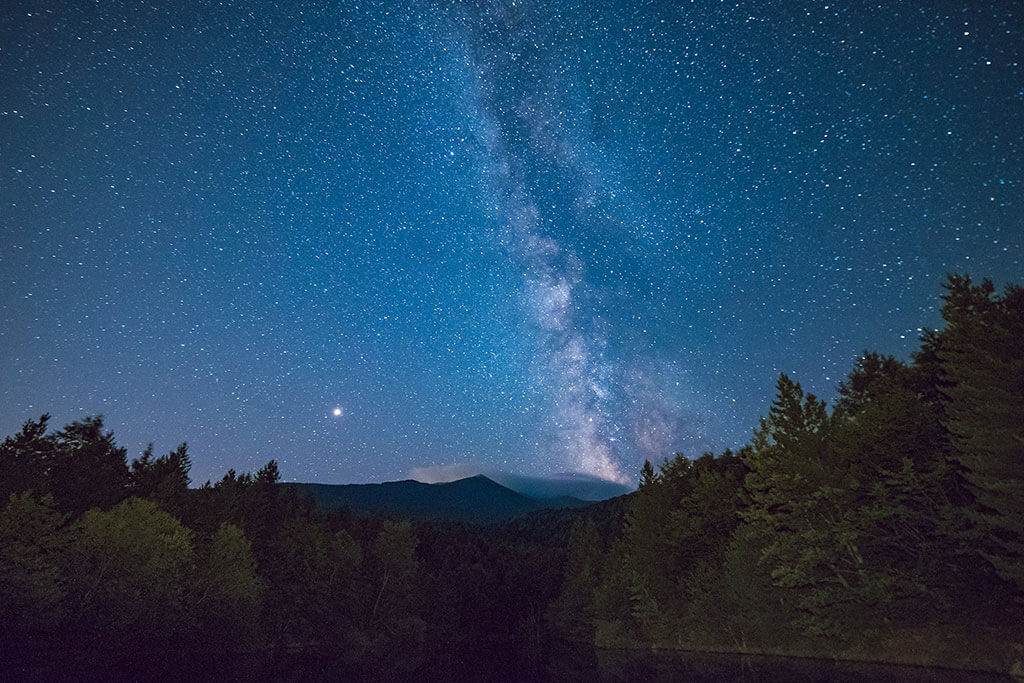
11
January
Chris Hadfield's Generator: 2018 - The Second Genius
A science-based variety show aimed at blending knowledge, music and comedy

10
January
McMaster Space Initiative: Science Slam
This is call to all poets with a love for science! The McMaster Space Initiative has been in the lab for months trying to get proportions right to bring you… THE SCIENCE SLAM. To all our science guys and gals, bring your poetry and your science on stage this month, and send your bars straight out of the solar system. Compete for a chance to win cool prizes and be crowned Science Slam Champion.
There will be an OPEN MIC portion before the slam for students who would like to perform, but not compete.

10
January
Speaker’s Night: Randy Attwood - Voyager at 40
Watch the recorded video: https://youtu.be/5kBmqHyjWTU

21
December
Winter Solstice
Longest night, shortest day

20
December
Dark Sky Star Party (GO for Wednesday)
See the milky way and galaxies with the unaided eye. Point your telescope to find the many dim deep space objects that sprinkle the sky. Away from Toronto's light polution, there is so much to see. We observe from the Long Sault Conservation area, an hour outside of Toronto. We meet around dusk once a month in the parking lot for views only seen in dark sky conditions. We hold this event on the first clear night of our week-long window, so the date and time are determined closer to.

18
December
New Moon - 1:30am EST
The moon is between us and the sun. Without the moon in the sky at night, deep sky objects are easier to observe.

15
December
UofT Planetarium: The Life and Death of Stars
Showtimes: 7:00pm and 8:15pm
The stars in the night sky seem unchanging and eternal, and have remained the same for the history of human civilization. However, over millions and billions of years, new stars are born, live out their long lives, and eventually die in a blaze of glory. In this show, we will be exploring the lives of stars by visiting stellar nurseries, supernova remnants and much more!

14
December
Geminid meteors
The Geminids are a meteor shower caused by the object 3200 Phaethon, which is thought to be a Palladian asteroid with a "rock comet" orbit. This would make the Geminids, together with the Quadrantids, the only major meteor showers not originating from a comet. The meteors from this shower are slow moving, can be seen in December and usually peak around December 13–14, with the date of highest intensity being the morning of December 14.

13
December
Recreational Astronomy Night
Watch the recorded video: https://youtu.be/4wDRTh7W49g

9
December
Solar Observing (NO GO)
Join us at the Ontario Science Centre for our monthly Solar Observing on the TELUSCAPE observing pad. This is the area in front of the Science Centre's entrance. We use specialized telescopes that are safe to aim at the Sun. Check our home page on the Friday prior for go/no-go calls as this event is weather dependent.

8
December
Hamilton Amateur Astronomers: Planning for Deepsky and Nightscape Photography
Kerry-Ann Lecky Hepburn will be discussing how to prepare and plan for a night of imaging with special consideration to location, time, weather and sky quality considerations. She will also be discussing how to interpret weather forecasts and use various websites, apps and desktop software in order to optimize your night out under the stars. Her talk will also be applicable to those who aren’t interesting in photography.

7
December
RASC Hamilton: Rust and Stardust
Have you ever looked up in the starry sky and felt small and insignificant compared to the vastness of the cosmos? What you will learn in this talk is that you are actually made of the exact same material as these sparky dots up there and essentially everything else in the universe. Stars produce the elements that compose everything you see – yourselves included – while they are born, live and die in the cosmic ocean. You are literally a living part of the universe, made out of stardust!
